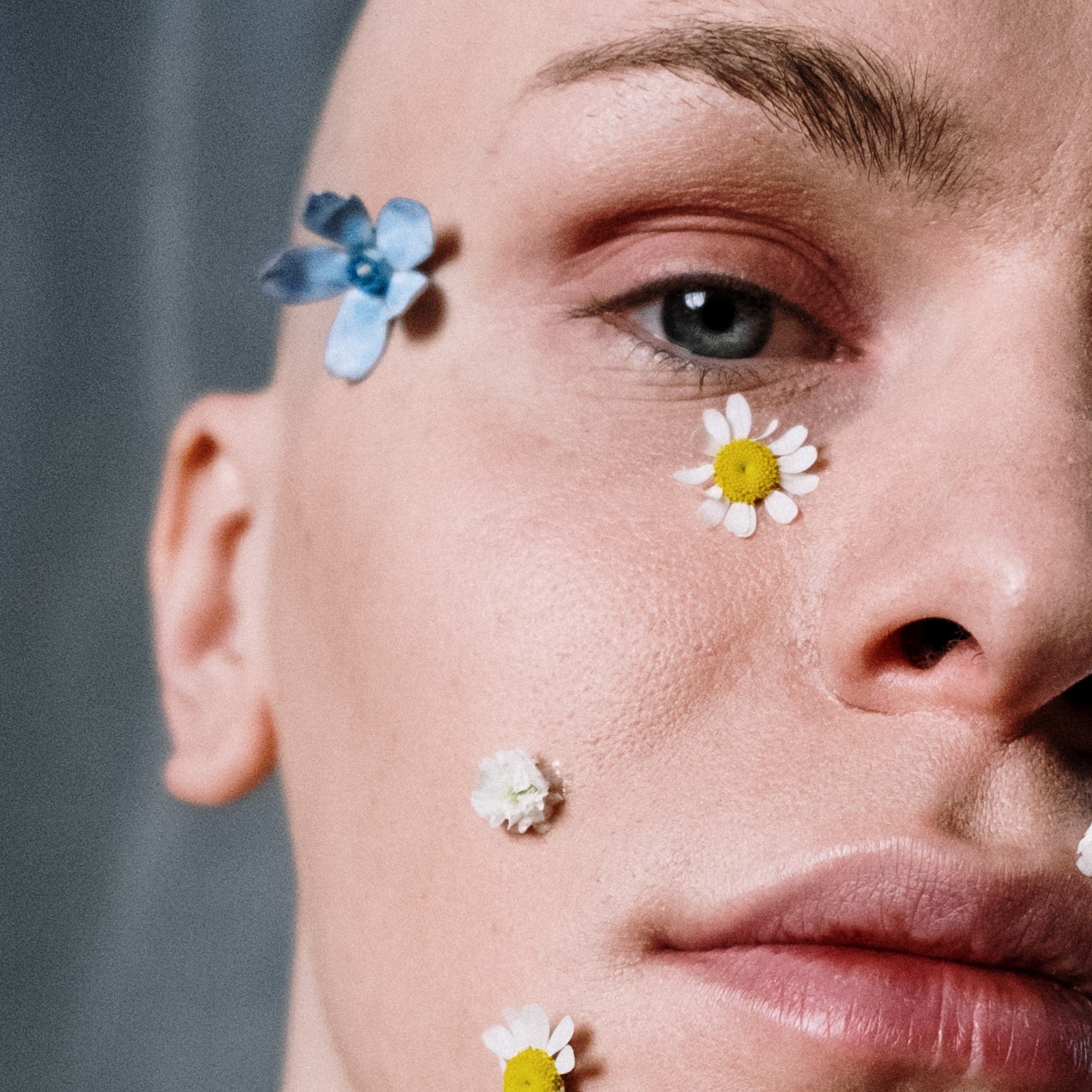Gender-neutral skincare
One of the latest smash hit trends to rock the skincare world is the emergence of gender-neutral skincare. It seems obvious, right? The idea of creating a product universally designed to suit all of us. But this is an innovation that’s come rather late to the party. Whereby by no means is it an unwelcome guest.
The Male and Skin Care
The market appeal for gender-neutral skincare has continued to grow consistently, particularly amongst its male consumers. It’s a trend that’s quickly solidified its position in the industry.
It initially started out in the form of increasing interest in makeup designed for the male market. Off the back of this success though, the beauty industry is now quick to expand its all-inclusive product ranges to incorporate the world of gender-neutral skincare, too.
Caveman’s way

‘Why wasn’t it always this way?’ would probably be one of the first questions that you’d ask. The blockers that prevented this from coming about way sooner were a variety of different preconceptions about skin types. These came from a caveman way of thinking, rather than any actual scientific basis. Different products were prescribed to different genders. And this based on notions like gender-specific skin types, intentions and purposes. That and, I assume, the idea that only women buy beauty products for their bored, disinterested husbands. Even though, in reality, the core essential skincare regime of protecting, moisturizing and cleansing is a pretty universal one.
The masculine sofa
A Vogue Business analysis of Superdrug reported that more than ⅔ of their male skincare products have “Men” or “For Him” in their names. When you actually go about looking for skincare targeted at male consumers, it’s staggering how bland the majority of male skincare branding is. It’s true, you just try and find me an option that isn’t black or navy.
But this boring plain packaging clearly illustrates how conceptions of what is and is not ‘masculine’ has been socially assigned. Seemingly a moisturizer cannot be ‘masculine’ any more than a sofa can.
Which half of men are you?
A recent beauty consumer report by NPD found that almost 40% of adults aged 18-22 are interested in gender-neutral beauty products. In a similar survey by Euromonitor, over half (56%) of American men surveyed had used facial cosmetics (e.g. foundation or concealer) that year.
Interestingly, male consumers have found a real kinship with the ethos of gender-neutral skincare. In a fascinating report Vogue Business found, that sales of male face masks in the UK rose by over 100% in a year. They also found that brands, who specialize in gender-neutral products, have registered a significant growth in their customers (who identify as male). Might it be that those guys didn’t find any easy to use skin care for men so far? And will they now succumb to the same skin care routines used by women when using gender-neutral products?
Neglected men
Anyway, with this shift in consumer attitudes towards rejecting the need to pin down what is or is not a ‘masculine practice’, the emphasis is now on beauty brands to improve their inclusivity. It may be the case that gender-neutral skincare appeals to men. And that simply because men who are interested in beauty products have been long neglected by brand campaigns. So, there has been a gap in this market that gender-neutral skincare has filled. Successfully drawing previously alienated men in.
Just lift the blanket
As the values of gender-dependent marketing techniques come to an end, the trend is now shifting towards customers demonstrating ingredient-led buying practices and preferences. Now we all know a lot more about all of the different chemicals that go into our products. Which ones are a hallmark of quality and which ones we aren’t all too happy about. This means that, because customers are becoming increasingly informed about these ingredients, skincare brands need to up their game.
Gender-inclusive skincare versus gender-neutral skincare
Let’s look at this from the most familiar side – our language.
The definition of “neutral” in language means not engaging, not taking a side or supporting a perspective. The definition of “inclusive,” by contrast, means to be very inclusive, or to give full consideration to everything that impacts you.
Many people use the terms “neutral” and “inclusive” synonymously, but there is a difference between “neutral” and “inclusive.” Which one, you may wonder. Well, inclusion is about affirming all identities, rather than taking no position at all.
The underlying philosophy of LGBTQ+ initiatives is to focus on inclusion, and therefore to use gender inclusive language.
Using gender inclusive language shows that you respect individuals who identify on the gender spectrum. This helps combat prejudice and discrimination.
Now, is there a difference between gender-inclusive and gender neutral skincare, based on what we have just explained? No. There isn’t. Instead, in skin care, it is simply a matter of wording. Both terms refer to skin care products that can be used equally by all genders.
This is very often the case even if a gender-specific application is explicitly named on these products and the respective product is advertised as such. Can a female use male skincare? Absolutely! A good example of a high-quality face care product that, although advertised exclusively as a ultimate face cream for men, was reviewed by several women as an excellent product for their female skin.
Interesting links related you’ll find here:
The Trevor-Project – LGBTQ support for young people 24/7
LGBTQ+ Elder Health Care Guide – A well-researched guide to resources and information to help with the challenges of aging for millions of Americans, but especially for members of the LGBTQ+ community.




